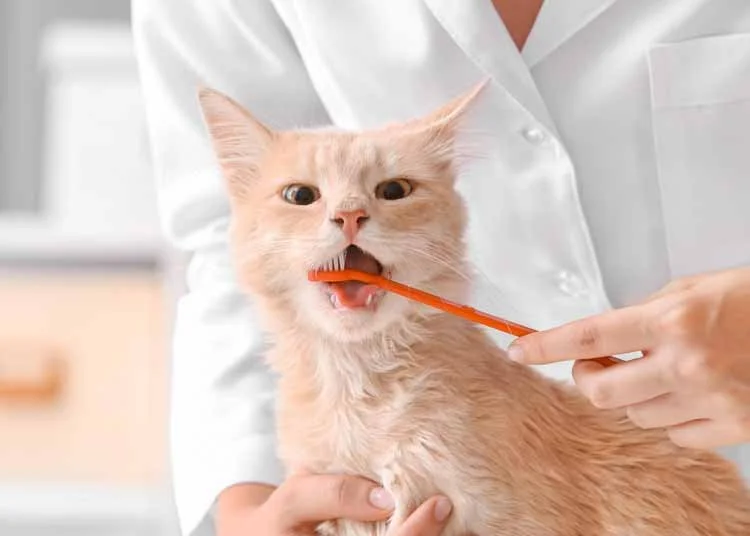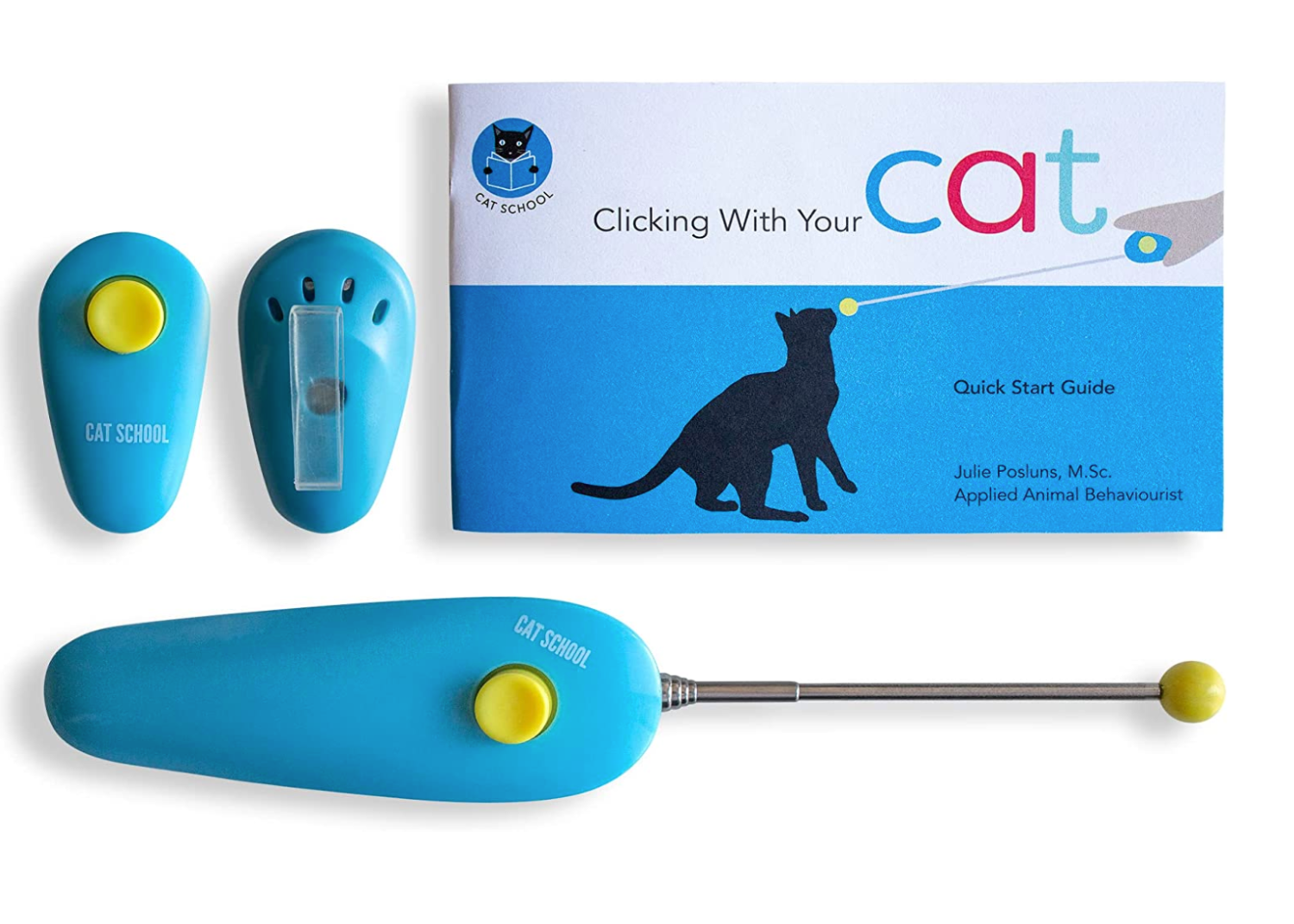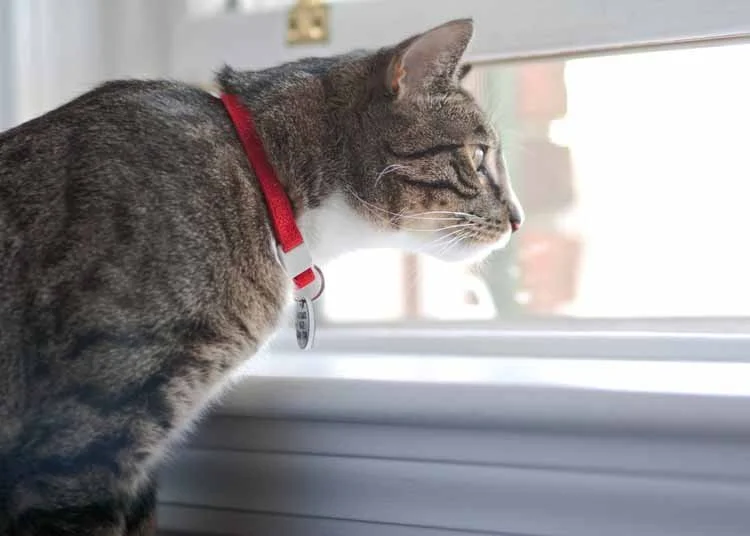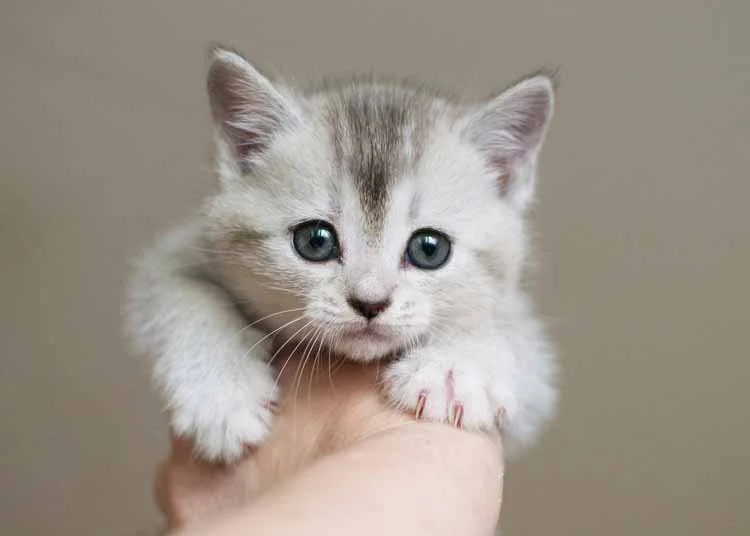A Step-by-Step Guide to Brushing A Cat’s Teeth
Introduction
The thought of brushing a cat’s teeth may seem daunting and impossible, but it is an important part of maintaining your cat’s health. Periodontal disease is a significant problem in domestic cats. According to Cornell University College of Veterinary Medicine, around 50-90% of cats 4+ years of age suffer from some form of cat dental disease. That is an unfortunate statistic, especially considering that dental and gum disease can be prevented*!
A survey I did on Instagram revealed that only 15% of people are brushing their cat’s teeth. More people expressed an interest in it but didn’t know where to start.
Brushing your pet’s teeth takes training and patience, which is why we’ve got some training tips for you to help make the process as easy as possible. Let’s first take a look at why you should be brushing your cat’s teeth…
*Please note: Brushing a cat’s teeth is not a replacement for proper veterinary dental care. Some cats are more prone to dental diseases and will need extra care.
Table of Contents
Disclosure: Cat School may receive commissions from affiliate links included in this article.
Why Brushing a Cat’s Teeth is Important
Did you know veterinarians recommend brushing your cat’s teeth on a daily basis? Without regular brushing, your cat will develop bad breath. Plaque will also start building up on your cat’s teeth, which will eventually lead to gingivitis.
If left untreated, the built up plaque will eventually become tartar, and the gingivitis may progress to the more serious and irreversible periodontal disease. These conditions are painful, will ultimately lead to tooth loss, and can even contribute to other health issues.
To avoid painful dental issues and expensive dental procedures and veterinary bills later on down the road, you should brush your cat’s teeth on a regular basis.
My Personal Experience
Last year, my cat Jones had his teeth professionally cleaned under anesthesia. After his dental cleaning, I set a goal to brush his teeth regularly to reduce the frequency of this procedure.
For several months, I worked on touching his face gently so he would allow me to open his mouth. Progress was slow, and I didn’t want to delay brushing his teeth by having to wait until he was comfortable with me holding his face.
Although many cat care professionals will mention “tough love” (i.e., do it, and the cat will get over it), I know this strategy doesn’t work with my cat. If I put Jones in a scenario that makes him uncomfortable, he becomes suspicious and anxious about my actions and consequently avoids me. Restraining him is not an option either.
I suspect the same is true for other cats and cat owners as well, which is why I’ve put together some training tips for you.
How to Brush a Cat’s Teeth
No one has ever promised that brushing a cat’s teeth would be easy. Understand that the process will take time. You will have to build up to your cat allowing you to fully brush their teeth. That being said, it is well worth the effort.
In my case, knowing that Jones loved the toothbrush and toothpaste (coconut oil), I needed to figure out a way I could brush his teeth without having to hold his head. If your cat also won’t allow you to touch their face or mouth, you can try the voluntary teeth brushing method that I’ve used and outlined below:
Step 1: Get pet toothpaste and a pet toothbrush.
It’s important to get a toothpaste that is safe for cats. Human toothpaste contains toxic ingredients, so it should never be used. You can even find cat toothpaste that is flavored to make it more appealing to your cat – like chicken flavor, for example.
You’ll also need a cat toothbrush that is small and has either soft bristles or is made of rubber.
Step 2: Let your cat cat lick the toothpaste.
Start by putting a dab of toothpaste on your finger and letting your cat lick it off. Once your cat will accept the toothpaste from your finger, you can put it on the toothbrush and let your cat lick it from there.
This is how I started with Jones, hoping that the oral benefits would happen regardless of the actual brushing.
Step 3: Let your cat gnaw on the toothbrush.
Hopefully your cat will eventually go from licking the toothbrush to gnawing or chewing on it. That’s a good thing! Your cat’s teeth will be cleaned some as they chew on it, without you even having to do much.
Step 4: Start brushing.
As your cat gets more comfortable with chewing on the toothbrush and having it in their mouth, you can start trying to glide it back and forth – beginning to actually brush.
Start with just a couple swipes. You can brush for small increments of time at first and eventually work up to more swipes and longer brushing sessions.
If your cat won’t accept the toothbrush, you can use a “finger toothbrush.” This just means using your finger to slide across your cat’s teeth. Though not as effective as an actual toothbrush, it’s better than nothing. The goal would still be to work towards brushing with the toothbrush.
Step 5: Incorporate the cat clicker.
Depending on how your cat progresses with the previous 4 steps, you may or may not have to use the clicker for your cat teeth brushing training sessions.
With Jones, he naturally starting gnawing on the toothbrush. The next time he did that, I started to glide the brush back and forth across his teeth. However, the other side of his mouth didn’t happen naturally, so I used the clicker to indicate that opening his mouth was the desired behavior.
I placed the toothbrush along his molars, and anytime he opened his mouth, I clicked. His reward was a few seconds of licking the toothbrush. I continued in this way to get him used to interacting with the toothbrush and accept the brushing motion.
Our Clicker Training Kit
Our clicker training kit gives you all the tools and step-by-step instructions to build your cat’s repertoire of skills quickly while having fun.
Success!
At our most recent veterinary appointment, there was good news. “His teeth look great,” our veterinarian said. “I’ve been brushing them!” I proudly exclaimed.
I hope that by using the voluntary teeth brushing method outlined above that you and your cat will see the same success.
Of course, if you run into any trouble or need help with the process, I would be happy to guide you through brushing your cat’s teeth over in Cat School!
Cat Teeth Brushing FAQs
-
YES! Just like with humans, teeth brushing is important for our pets. Veterinarians agree: Pet tooth brushing is the gold standard for preventative oral health care.
-
NO! Human toothpaste is toxic to cats. You should only use toothpaste intended for cats specifically.
-
Pet stores carry many varieties of toothpaste created to encourage cats to cooperate. Because coconut oil is known to boost oral health in cats (and because my cat loves it), it was a natural choice for me. Other recommendations include Virbac Enzymatic Toothpaste.
-
Because of the size of a cat’s mouth, a smaller toothbrush is better. Many of the brushes sold at pet stores are round to increase the area of the mouth that the toothbrush contacts.
My first choice for a cat toothbrush is the brand Mind Up. They have a variety of tiny toothbrushes ideal for a cat’s mouth. -
Ideally, once a day. The consistency will not only improve your cat’s oral hygiene but also help improve your cat’s response to the training.
-
Yes. Although some data suggests the size of kibble does make a difference in plaque removal, in my opinion, the other health consequences of feeding a kibble diet outweigh the possible benefit.
A less processed diet combined with teeth brushing would be my recommended choice. Keep in mind there are foods, such as raw bones, that are more aligned with a cat’s natural diet and also help with cleaning teeth. -
If your cat already has tartar buildup, you need to see your veterinarian to have your cat’s teeth properly assessed and cleaned under anesthesia before starting a home cleaning program. After the dentistry, you can begin teeth cleaning to reduce the need for future dental procedures. It’s never too late to get started!
-
Nope! It’s never too late. Adult cats and kittens alike can all be trained to accept teeth brushings.
Cat Teeth Brushing Video Training Tutorial
P.S. I have not abandoned the work on teaching Jones to allow me to hold his face. The method outlined in this article is a way for you to get started. Once your cat is happily running for teeth cleaning time, you can decide if you want to introduce some gentle handling to stabilize your cat’s head, pull back their lips, and apply more pressure on the toothbrush.
Want to join our community and learn more?
Check out our training programs at The Cat School and take the first step in unlocking your cat’s full potential!





